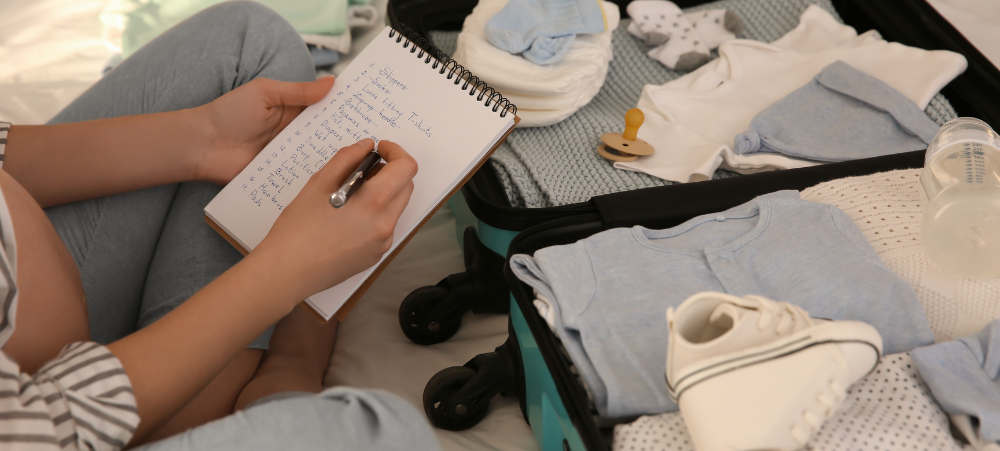The subject of delayed cord clamping (DCC) has been researched and discussed in numerous studies. The most important consideration at the time of the delivery is the health of the mother and baby. Delayed cord clamping has been shown to be beneficial to the baby and thus in the setting of cord blood banking, delayed clamping is an acceptable practice and is encouraged.
Recent studies have shown that DCC show an increased amount of red blood cell stores in newborns and thus lessening the risk of iron deficiency anaemia later in the baby’s life. This is specifically important in preterm babies and those at risk of anaemia. In very preterm babies (22 weeks–28 weeks), DCC for 30 seconds, or more, has led to increased survival and a lowered risk for severe neurological injury. In further studies, DCC also showed an improvement in fine-motor and social skills in kids at four years of age in comparison to kids of the same age that had no cord clamping at birth.
There is, however, a small risk of increased hyperbilirubinemia/jaundice (because of the additional red blood cells infused during DCC) in some infants after DCC. An estimated 50% of term and 80% of preterm infants develop jaundice.
Delaying cord clamping for one minute or more resulted in only a 6%–21% decrease in the total volume of cord blood collected and a 9%–31% decrease in the pre-processed total nucleated cell. It is estimated that about 60% of DCC collections still meets the upper level for the number of total nucleated cells. However, a prolonged delay will allow the blood in the cord to clot, and the opportunity to collect the blood for stem cells will be lost; therefore, if clamping is delayed, it is recommended not to delay for more than two minutes.
What major myths exist relating to the optimal clamping time?
Myth: If you don’t do DCC, you are robbing the baby of 30% of its blood.
Fact: When the umbilical cord is clamped soon after birth, the infant’s blood volume is the same as its volume in utero (in the womb).
Myth: The longer you wait to clamp the cord, the more blood the baby gets.
Fact: The continued transfusion of cord blood when delaying the clamping in normal birth is reliant on contractions of the uterus, the umbilical arteries close around 45 seconds after birth and the umbilical vein in 1–2 minutes. For c-sections, the blood volume in infants increases till 40 seconds and actually decreases thereafter.
Myth: Delaying the clamping of the cord confirms the advantages observed by researchers.
Fact: Factors affecting the transfusion of additional blood cells include the timing of cord clamping, gravity, the onset of respiration, uterine contractions and drugs affecting it, maternal blood pressure and birth asphyxia.
Facts relating to COVID-19 and delayed cord clamping
The use of delayed cord clamping during COVID-19: Most Gynaecological institutions have stated that these procedures should remain according to usual center practice, while following infection control precautions. They have stated that delayed umbilical cord clamping is extremely improbable to increase the risk of transmitting pathogens from an infected mother to the fetus; however, some institutions have selected to forbid this exercise in term infants, in whom the benefits are modest. This practice they believe will minimise newborn exposure to any virus in the immediate environment and reduce the chances that the newborn will require phototherapy for jaundice. Some institutes also prohibit skin-to-skin contact in these cases, although the Paediatric institutions have not advised against this.
References
- Arthur, R. (2021). ‘We are on track for a watershed year for approvals of new regenerative medicine and advanced therapies’. Retrieved 10 November 2021, from https://www.biopharma-reporter.com/Article/2021/09/01/We-are-on-track-for-a-watershed-year-for-approvals-of-new-regenerative-medicine-and-advanced-therapies
- Ntege EH, et al. Advances in regenerative therapy: A review of the literature and future directions. Regen Ther. 2020 Jun; 14: 136–153.
Our ISO 9001 accredited, state-of-the-art laboratory is always prepared for emergencies and capable of international sample shipment. We're dedicated to bringing the promise of regenerative medicine to every family, focusing on more than just stem cell storage – it's about investing in your family's future health and well-being.
- CryoSave South Africa: A Trusted Choice for Safeguarding Your Baby’s Future with Stem Cell Banking - June 26, 2024
- Revolutionizing Blood Cancer Treatment: Cord Blood Transplants Provide Hope for Non-Matched Patients - June 19, 2024
- Unlocking the Future of Healthcare: What is Cord Blood- and Tissue Stem Cell Banking? - June 12, 2024





